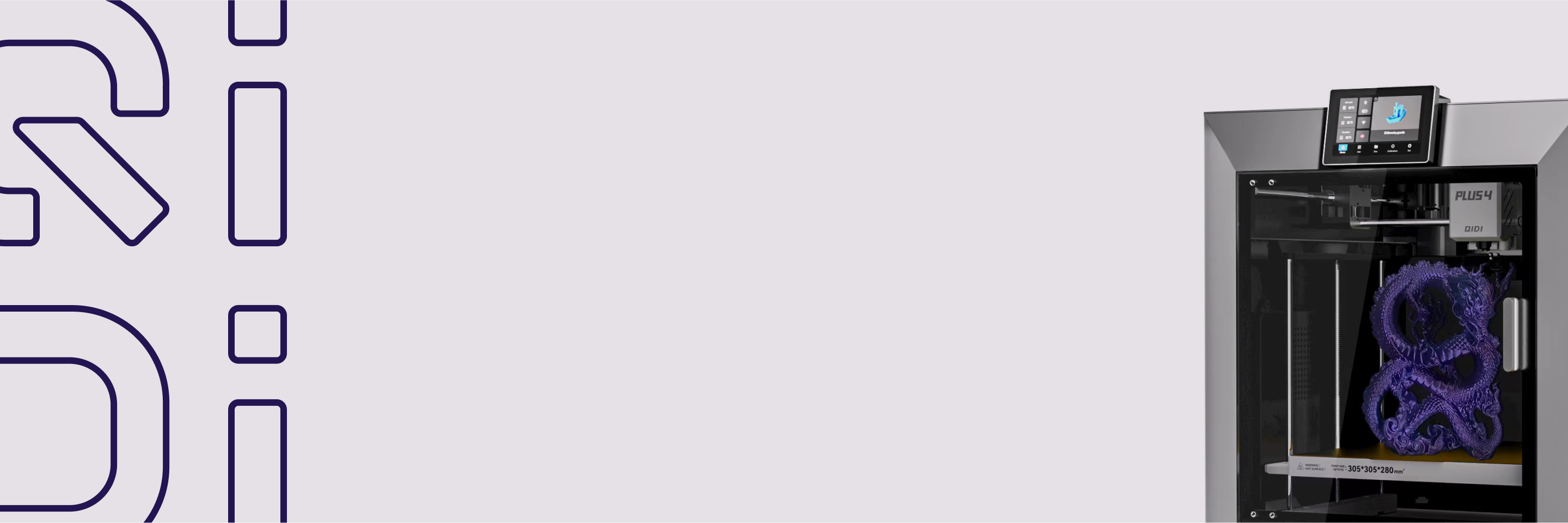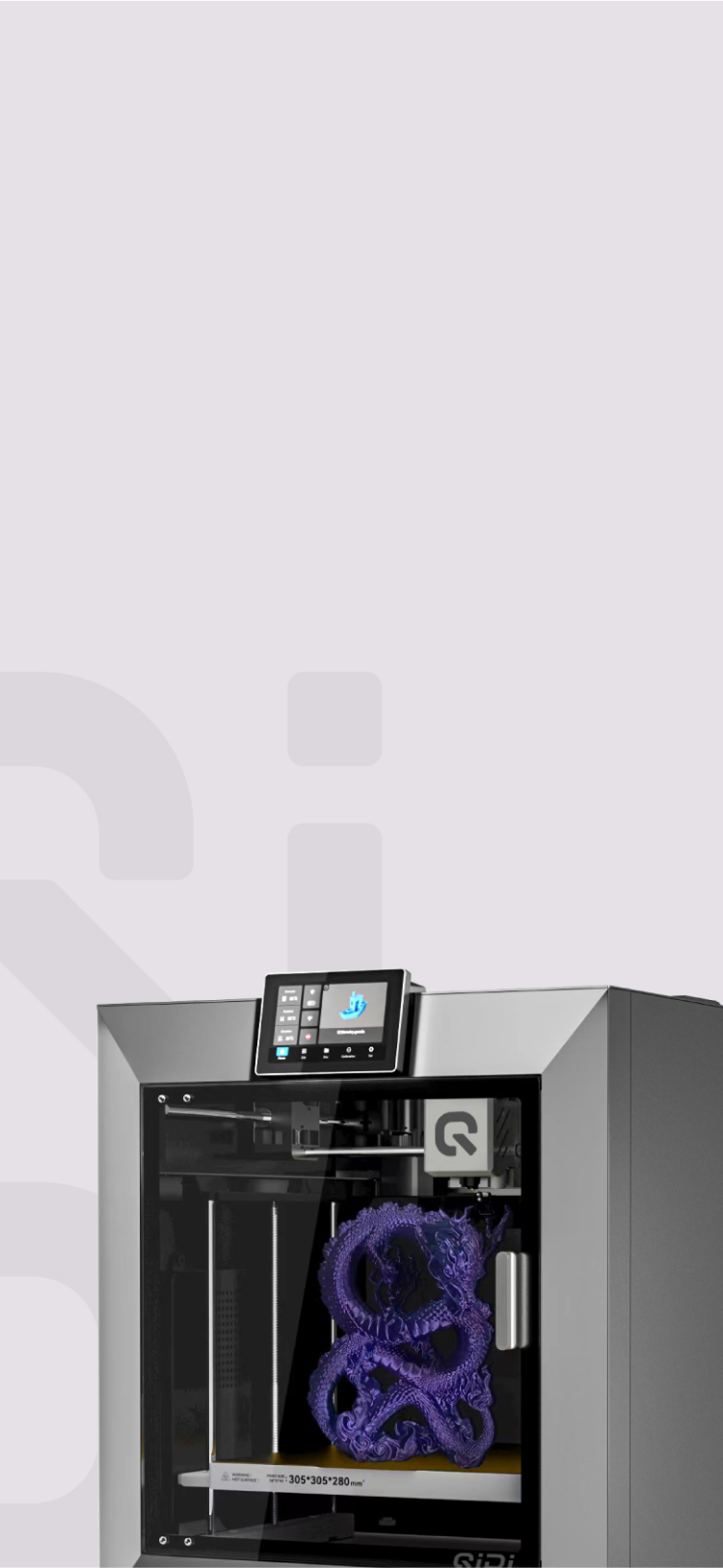Безопасна ли 3D-печать для детей


Благодаря своей способности превращать творческие идеи в трехмерную реальность, 3D-печать увлекает детей, интересующихся технологиями и дизайном. Однако родители, вероятно, задаются вопросом: действительно ли этот, казалось бы, сложный процесс безопасен для наших детей? Безопасность имеет решающее значение, но с некоторой мудростью 3D-печать может ответственно обучать детей технологиям.
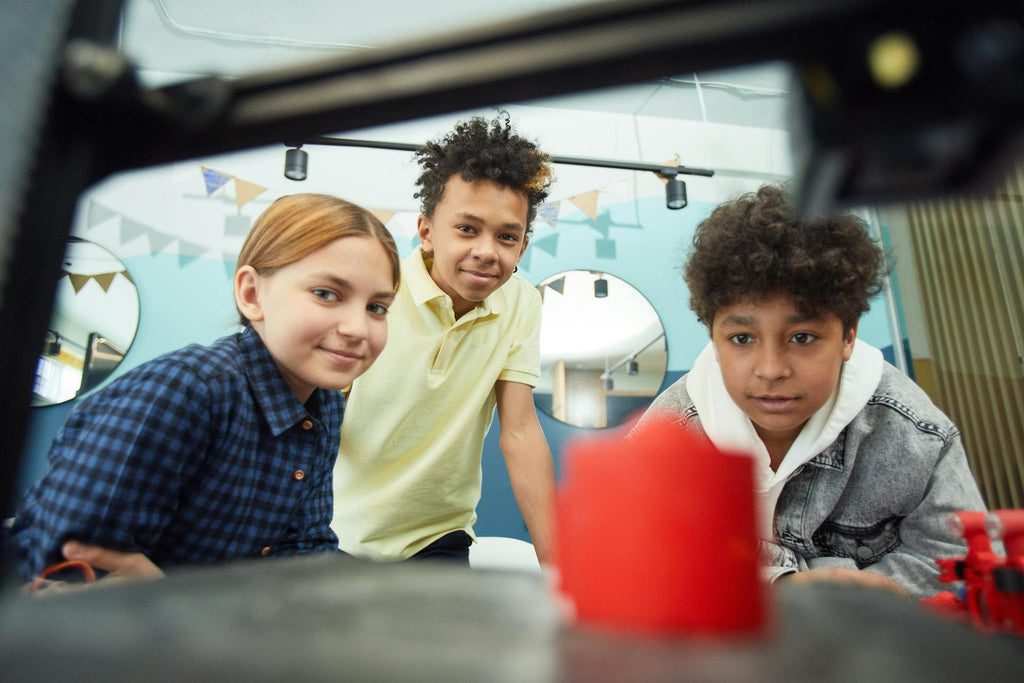
Растущая тенденция домашней 3D-печати
Поскольку технология 3D-печати становится все более доступной, во многих семьях теперь есть домашние настольные принтеры. Дети с радостью приветствуют возможность превращать творческие идеи в физические модели и проекты. Однако родители справедливо задаются вопросом, не таит ли это передовое оборудование потенциальных опасностей.
Тем не менее, принимая разумные меры предосторожности и руководствуясь ими, 3D-принтеры предлагают молодым умам бесценный опыт новых технологий, стремительно формирующих карьеру. Дети могут получить практические точки зрения на инновационные технологии, влияющие на все, от производства до медицины. Соответствующее введение помогает молодежи увидеть себя способными творцами будущего, а не запуганными наблюдателями.
Рассмотренные здесь соображения позволяют родителям принимать обоснованные решения об интеграции преимуществ творческого обучения 3D-печати, одновременно устанавливая основные правила безопасности. Постоянный надзор и мудрость, соответствующая возрасту, направляют технологическую грамотность детей, а не ограничивают образовательные встречи, которые обещают раскрыть их потенциал, одновременно предотвращая предотвратимые риски.
Как работает 3D-печать?
Чтобы оценить факторы безопасности, сначала мы должны понять технологию. Вся 3D-печать следует одному и тому же базовому принципу:
1. Цифровое 3D-моделирование
Сначала пользователь создает 3D-модель объекта, который он хочет напечатать, с помощью программного обеспечения для автоматизированного проектирования (САПР). Простые программы позволяют легко проектировать такие предметы, как ювелирные изделия и статуэтки. Более сложные приложения, такие как AutoCAD или Solidworks, предоставляют сложные возможности архитектурного и инженерного моделирования.
2. Послойная печать
Получив удовлетворительный результат, пользователь экспортирует свою модель в формат, который может интерпретировать 3D-принтер. Самые доступные домашние 3D-принтеры известны как Моделирование методом послойного наплавления (FDM) устройства. Они подают пластиковую нить в нагретую печатающую головку или экструдер, который расплавляет материал, а затем наносит его на рабочую платформу принтера по одному слою за раз, пока объект не примет полную форму.
Итак, если подвести итог, пользователи проектируют любую трехмерную форму в цифровом виде, а затем специализированное оборудование воплощает ее в жизнь, непрерывно добавляя материал слой за слоем.
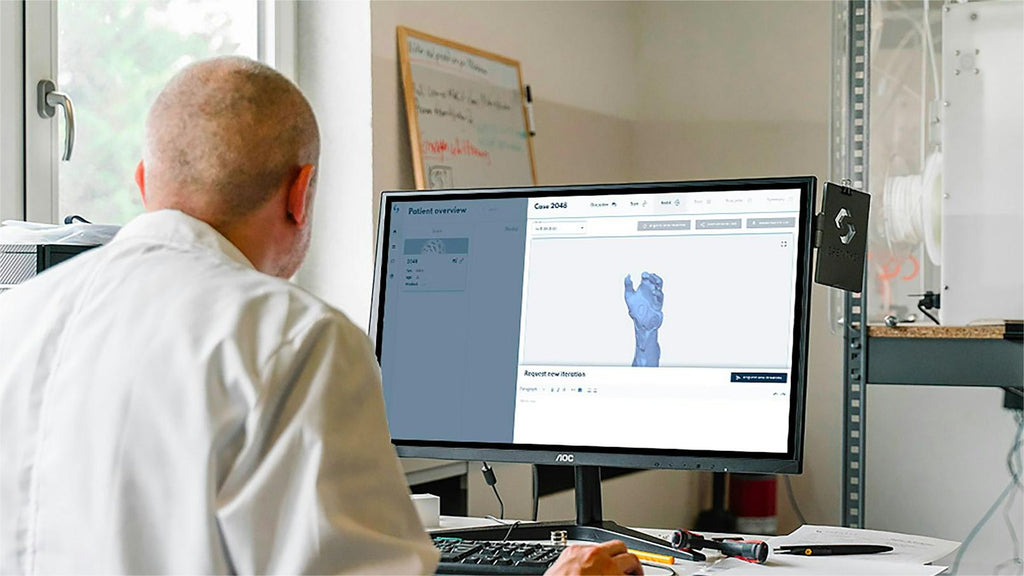
Безопасна ли 3D-печать для детей?
В целом, да — 3D-печать безопасна для детей при соблюдении правильных мер предосторожности. Однако риски различаются в зависимости от возраста:
1. Возраст 5 лет и младше
Детям такого возраста вообще не следует напрямую взаимодействовать с 3D-принтерами, за исключением наблюдения. Мельчайшие частицы, выбрасываемые в воздух, могут повредить легкие ребенка при вдыхании. Горячие компоненты представляют опасность ожогов при контакте. Мелкие детали принтера также представляют опасность удушья при несанкционированном вмешательстве.
2. Возраст 6-12 лет
Под пристальным родительским надзором большинство детей младшего и среднего школьного возраста могут безопасно находиться в одной комнате с работающим 3D-принтером, используя рекомендуемые меры защиты. Такое воздействие позволяет учиться без практического риска. Дети в этом возрасте могут начать понимать программное обеспечение для 3D-моделирования.
3. Возраст 13+
В подростковом возрасте молодые люди обладают достаточной зрелостью, чтобы принять вводные занятия по 3D-печати. С соответствующим оборудованием, таким как перчатки, подростки могут напрямую помогать с операциями принтера, такими как загрузка/выгрузка нити и печатных столов под руководством. Формальное обучение способствует технологической грамотности.
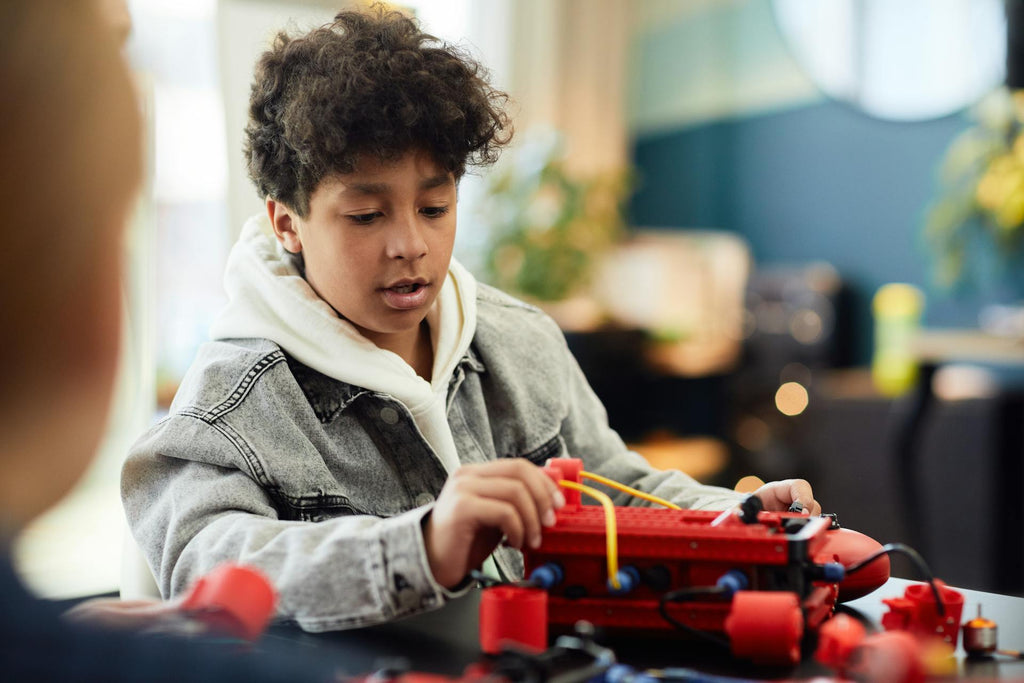
Оценка факторов безопасности
При принесении 3D-принтер в доме, где есть дети, родителям следует оценить следующие зоны риска и принять превентивные меры:
1. Частицы в воздухе
- Поместите принтер в отдельном гараже, закрытом патио или подвале с открытыми окнами. Не включайте его в спальнях, так как во время печати в воздух выделяются микроскопические частицы пластика.
- Детям с астмой следует избегать длительного воздействия. Попросите детей мыть руки после прикосновения к деталям принтера и не прикасаться к глазам и лицу до этого.
2. Сжечь
- Печатные головки достигают температуры 200°C+. Попросите детей надеть термостойкие перчатки при удалении отпечатков. Заблокируйте принтер, если он находится вдали от присмотра, чтобы предотвратить неконтролируемую работу.
- Соберите длинные волосы и уберите свободную одежду. кровать принтера. Не наклоняйтесь над включенным устройством.
3. Опрокидывание
- Выберите устойчивый, низко расположенный принтер, который меньше подвержен падению. Избегайте маленьких настольных моделей, если рядом есть маленькие дети.
- Поставьте на нескользящую подставку для принтера, а не прямо на гладкие поверхности. Не загромождайте пространство вокруг принтера.
4. Электричество
- Убедитесь, что все кабели и шнуры надежно закреплены и находятся вдали от проходов. Периодически проверяйте на предмет повреждений.
- Не позволяйте детям менять соединения или подключать принтер самостоятельно. Убедитесь, что электрические розетки заземлены и GFCI используются вблизи источников воды.
Надлежащее обучение, внимательный надзор, ограниченный доступ, защитное снаряжение и размещение принтера, снижающее уровень шума и частиц. имеют решающее значение для развития энтузиазма в отношении 3D-печати, при этом особое внимание уделяется безопасности детей.
Советы по безопасности для детей, использующих 3D-принтеры, в зависимости от возраста
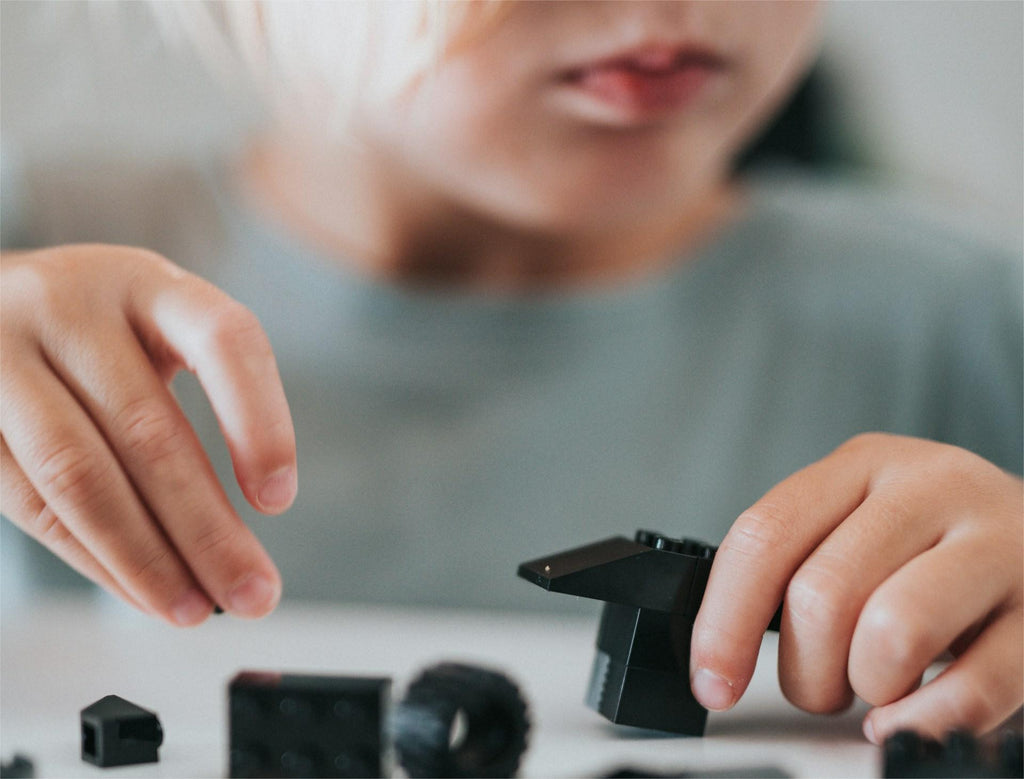
1. Возраст 5 лет и младше
- Ни в коем случае не позволяйте маленьким детям прикасаться к 3D-принтерам.
- Позвольте им отойти и смотреть на принтер только если их охраняет взрослый. Держитесь на расстоянии не менее 6 футов.
- Чаще проверяйте, не заходят ли маленькие дети за пределы безопасных мест для стояния.
2. Возраст 6-12 лет (под пристальным наблюдением)
- Взрослым следует быть особенно осторожными при использовании 3D-принтеров в присутствии детей младшего/среднего школьного возраста.
- Размещайте принтеры в местах, где пары и частицы могут выходить в недоступном для детей месте, например, в гараже.
- Покажите детям, как правильно мыть руки до и после работы принтера.
- Укажите детям на возможные проблемы при осмотре принтеров перед использованием, чтобы они начали учиться. Но не позволяйте им брать в руки элементы управления.
- Если воздействие длится более 30 минут во время работы, обеспечьте базовую защиту лица и рук.
3. Возраст 13+ (с предварительным обучением)
- Подростки должны принимать Классы безопасности при работе с 3D-принтерами прежде чем использовать его самостоятельно.
- Научите подростков самостоятельно проверять оборудование перед/во время каждой печати под присмотром.
- Перед использованием обязательно используйте защитные очки, перчатки без латекса и маски, сертифицированные для изготовления.
- Уделяйте пристальное внимание 3D-печати среди подростков до тех пор, пока не начнете последовательно демонстрировать безопасные привычки.
Выбор безопасного для детей 3D-принтера
Комиссия по безопасности потребительских товаров сообщает мало травм, связанных с 3D-печатью, но предупреждает о необходимости постоянного обучения по вопросам проводимости, химического воздействия и рисков, связанных с нагревом. Применение вышеперечисленных стратегий оптимизирует безопасность, но выбор подходящего принтера также помогает. Ищите ключевые функции, такие как:
1. Полностью закрытая конструкция
Полностью закрытый 3D-принтер с внутренней камерой Потоковое видеовывод на отдельный планшет или компьютер позволяет удаленно контролировать проект, ограничивая при этом выбросы в атмосферу. Некоторые даже фильтруют такие частицы, улучшая качество воздуха в помещении.
2. Низкий центр тяжести
Компактные принтеры, расположенные близко к земле, значительно снижают вероятность случайного опрокидывания. Кроме того, более легкие и небольшие устройства проще для детей правильно расположить, при этом допускается использование на столе.
3. Нетоксичный пластик
Изучите, какие печатные носители используют устройства. Чаще всего принтеры для изготовления сплавленных нитей работают с обычными пластиками, такими как ПЭТГ и полимеры PLA, соответствующие нормам для пищевых контейнеров, что свидетельствует о безопасности состава для детей.
4. Сенсорные экраны и подключение по WiFi
Принтеры, ориентированные на детей, часто оснащены интуитивно понятным сенсорным интерфейсом, который сводит к минимуму сложное управление. Модели со встроенным беспроводным подключением обеспечивают удаленную связь с планшетов или телефонов.
Хотя безопасность остается важной, избегайте чрезмерной бдительности до такой степени, чтобы лишить полезного обучения. Принимайте разумные меры предосторожности, облегчающие исследование, пока дети творчески применяют 3D-печать.
Как 3D-печать готовит детей к будущему
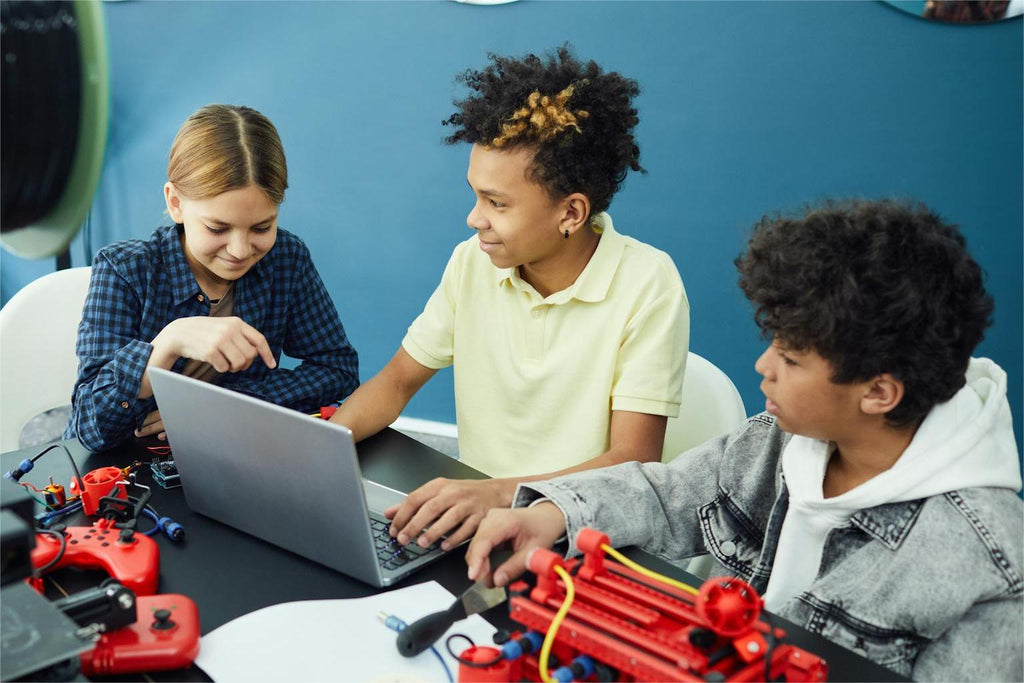
Наборы для 3D-печати обучают детей работе с программным обеспечением, ориентированным на карьеру и широко используемым в промышленном дизайне и инжиниринге. Освоение компьютерного черчения (САПР) развивает востребованные навыки визуального дизайна и технологий.
Разумное использование 3D-принтеров также развивает важные навыки:
1. Дальновидное мышление
Миру нужны креативные решатели проблем, которые видят полезные инновации с помощью технологий. Под руководством 3D-печать воспитывает в детях оптимистичный взгляд как на потенциальных творцов перемен, а не как на подавленных наблюдателей прогресса.
2. Адаптируемость к новым технологиям
Комфортное обучение высокотехнологичным инструментам - когда-то зарезервированное для узкоспециализированных областей - все больше способствует карьерному успеху. Знакомство с 3D-печатью формирует эту «технологическую грамотность» на ранних этапах. Дети обретают уверенность, используя сложные системы, которые являются центральными для большинства будущих профессий.
Вместо рисков целенаправленное участие в 3D-печати развивает у детей эмпатию, этику, проектное мышление и технические способности для создания инновационного будущего, ориентированного на потребности человека и благополучие окружающей среды.
Направляем детей в высокотехнологичное будущее
Родители должны развивать у детей творческие способности и умение решать проблемы с состраданием. Избегайте крайностей безрассудства или страха перед новыми технологиями. При сбалансированных перспективах и мерах предосторожности такие инновации, как 3D-печать, становятся для детей инструментами для создания лучшего будущего. Направляйте молодежь к позитивному преобразованию отраслей и сообществ, используя технологии этично для благополучия человека. 3D-печать развивает эмпатию, проектное мышление и технические навыки для создания решений, ориентированных на людей и окружающую среду.


